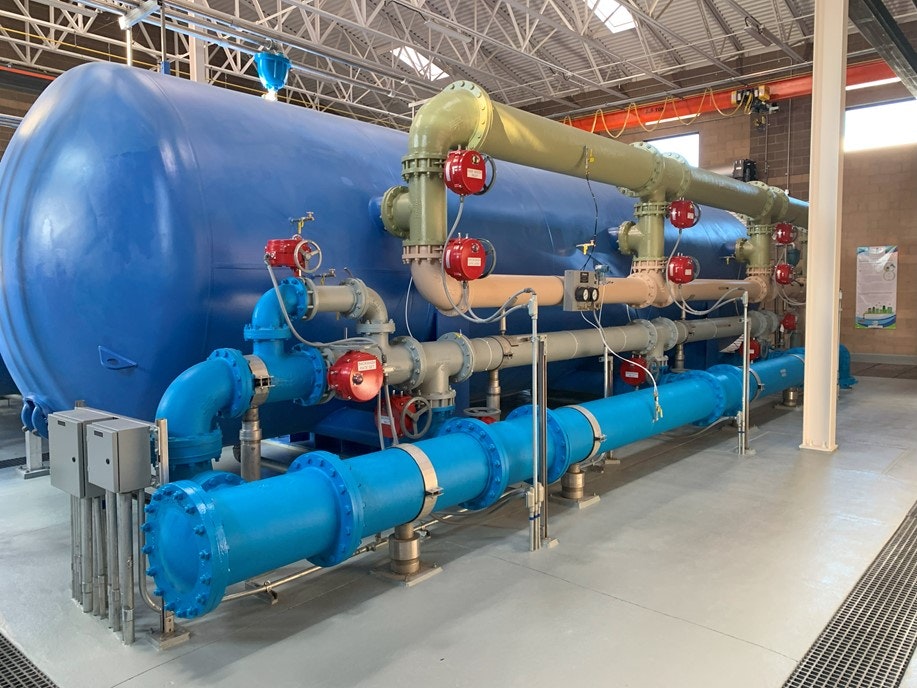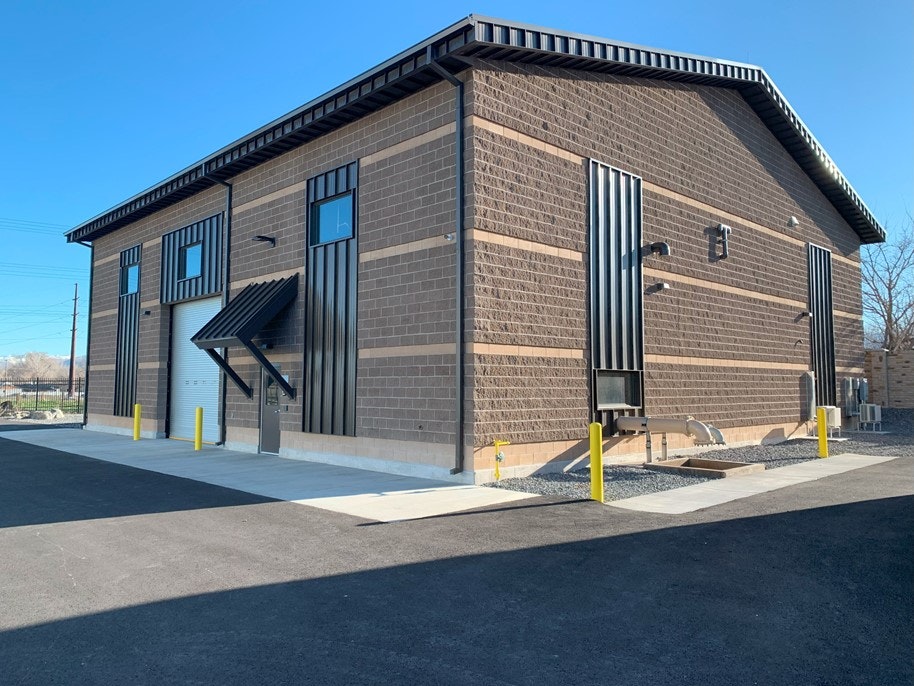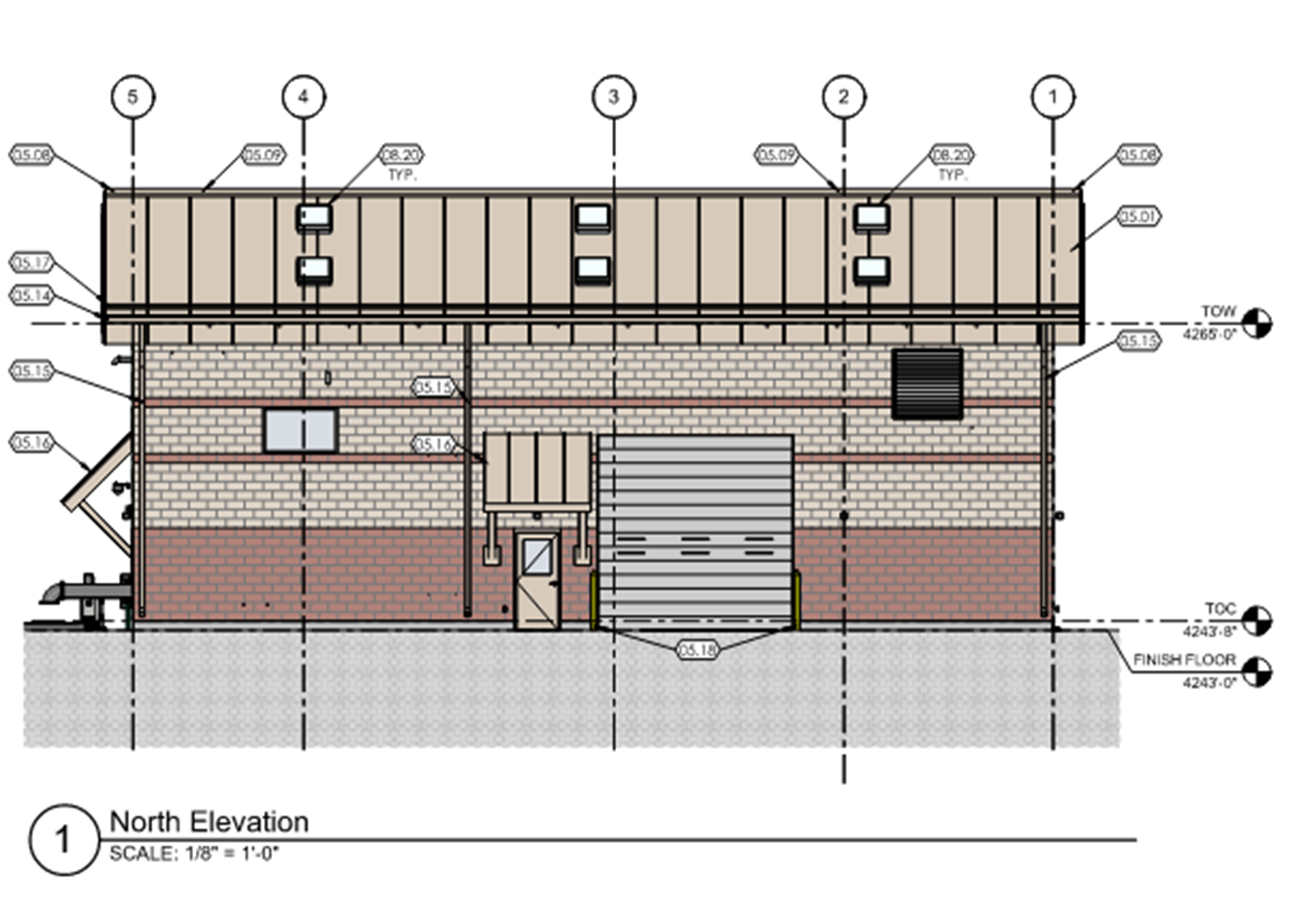Future Water Quality Improvements
GHID currently uses 6 deep wells to supply approximately 25% of all water delivered to our customers. The rest is supplied by Jordan Valley Water Conservancy District, mostly from Jordanelle and Deer Creek reservoirs. As we saw in 2021, low snowpack and high temperatures can lead to low water levels in reservoirs and extreme drought conditions. It is important, for drought resiliency, to maintain alternative supplies. GHID maintains significant water rights and facilities to utilize groundwater.
In 2018, GHID began a detailed study of our water quality to determine what is causing our aesthetic and taste/odor issues and what we can do to solve them. This study determined that chlorine, added at all our well sites, was causing iron and manganese to oxidize, which can turn the water yellow and/or black. Higher levels of ammonia can also cause chlorine odor issues. The higher levels of iron, manganese and ammonia are found naturally in our groundwater in the Salt Lake Valley. As part of this study, GHID also learned new techniques on flushing at hydrants to temporarily improve water quality.

Pressure Filter Vessels for removing iron and manganese
In 2019, an outside consultant performed testing of iron/manganese removal treatment at these six wells. The tests proved successful, with the same technology used in many other parts of the country with higher iron & manganese levels. In 2020, GHID’s Board of Trustees approved the first consultant contract to design the Rushton Groundwater Treatment Plant, and approved the construction contract in 2021. Design and construction were funded by a low-interest State Revolving Fund loan from the State of Utah Division of Drinking Water. The facility, completed in 2023, removes iron, manganese, and ammonia from 3 of GHID’s wells and delivers the finished high-quality water to our customers east of Bangerter Highway.

The Rushton Groundwater Treatment Plant
GHID then received two grants in 2023, totaling $7.5M, from the Bureau of Reclamation and the State of Utah Emerging Contaminants program to fund the next project. The Anderson Groundwater Treatment Plant will remove iron, manganese and ammonia from two wells which can supply water to GHID’s western customers, out to 7200 West.

Conceptual plan of Anderson Water Treatment Plant
In the likely event of an extreme drought, groundwater sources not reliant on mountain reservoirs are extremely important. GHID will be able to supply approximately half its water needs by groundwater alone once the second facility is complete. This ensures a reliable source of water for generations to come.
